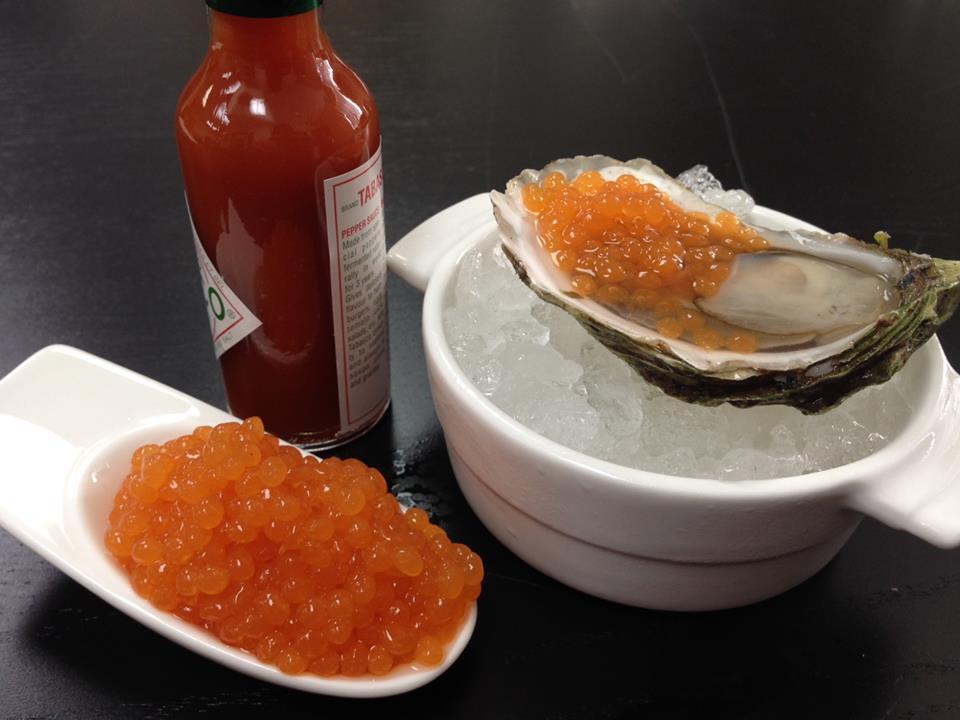While many people may like the "pop-in-your-mouth" texture of caviar, not everyone likes the taste ... or the price. That's why Montreal entrepreneur Naor Cohen created the grandly-named Imperial Spherificator. It takes a liquid of your choice, and converts it into fish egg-like pearls. Sriracha caviar, anyone?
The Spherificator utilizes an existing process known as spherification, in which a liquid is mixed with sodium alginate and then dripped into a bowl of cold water and calcium chloride. The result is that the droplets form into little balls of gelatin.
Chefs already make such "pearls," although they generally do so by manually dripping the liquid in by hand, often using a syringe or pipette to do so one drop at a time. Cohen previously automated the process to mass-produce a seaweed-based caviar alternative known as Kelp Caviar. The Spherificator is a home version of that technology.

To use it, you start with either a ready-made liquid or a blend of your choice, and pour it into the device, along with some of the alginate. Depending on the thickness of the liquid, you then select an appropriate mixing/dispensing speed. You can also determine the size of the pearls by swapping in one of three different nozzles.
From there, you dispense the liquid from the Spherificator into a bowl of cold water and calcium chloride. While a wide variety of liquids can be used, additional alginate may need to be added to substances that are particularly acidic. The roe-like end product is then removed with a strainer, rinsed, and used as desired.
Cohen already has a working prototype, and has now taken to Kickstarter to raise production funds. A pledge of CAD$125 (about US$97) will currently get you one – alginate and calcium included – when and if they're ready to go.
You can see a demo of the Imperial Spherificator, in the video below.
British design company Dovetailed is also working on a spherification-based device, for making 3D-printed fruits.
Sources: Spherificator, Kickstarter








